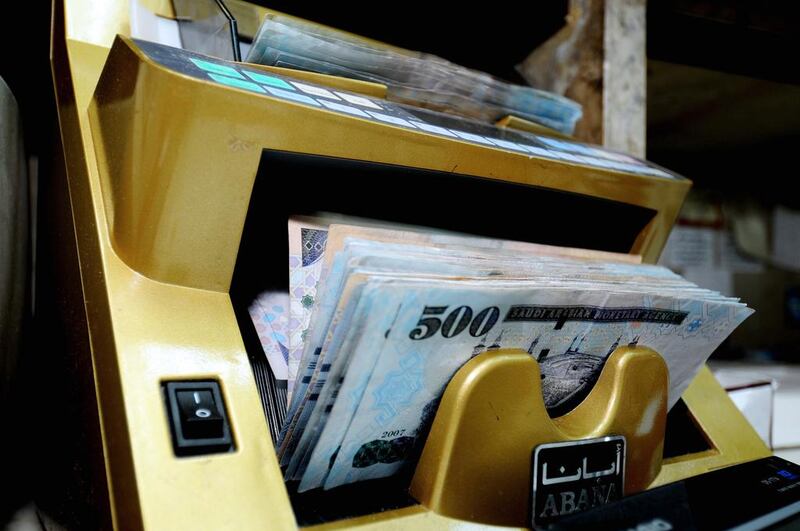As Saudi Arabia gave the green light on Monday for Vision 2030, its economic transformation plan to wean the country off its addiction to oil, banks and financial institutions may be among the biggest beneficiaries.
Lenders have been reeling from a slowing economy, battered by the more-than 60 per cent drop in the price of oil over the past two years, lowering deposits and crimping the ability to lend.
At the heart of the country’s economic transformation plan, which has been unveiled in a gradual process over recent months by Prince Mohammed bin Salman, the deputy crown prince, is lessening the nation’s reliance on revenues from oil and coming up with new ways to raise money through taxes, such as the value-added tax (VAT) and privatisations.
The reform measures planned would raise at least an additional US$100 billion a year by 2020, according to Prince Mohammed.
In the long term, the banks will benefit from measures such as reduction of subsidies and the introduction of VAT, but in the short term they are more likely to benefit from the government tapping the debt market to plug a deficit, and guarantees they may make to banks on mortgages to promote home ownership.
__________
Full coverage
■ Saudi Arabia to wean itself off oil as part of economic transformation plan
■ Saudi Arabia cabinet approves Vision 2030 reform plan
■ Construction professionals welcome possible easing of Saudi visa restrictions
■ Ambitious Vision 2030 pulls Tadawul index out of the red
■ Saudi reform plan to transform flagship carrier into money-maker
■ Saudi Arabia: selected economic indicators – graphic
__________
Saudi Arabian banks have not been having the best of times. Low interest rates have been weighing on profitability at a time when loan growth has been slowing as sagging oil prices dent business confidence. (Saudi Arabia’s riyal is pegged to the US dollar and therefore it has to keep in line with US Federal Reserve monetary policy.)
Even the opening up of the Saudi stock market to foreign investors last year has failed to spark interest in bank shares after many heated years of anticipation.
Touted as the biggest developing market that was closed off to foreign investors, its opening came amid a slide in emerging markets.
Foreign investors have continued to shy away this year as the price of oil flounders.
And the mood on Saudi Arabian banks is becoming increasingly bearish, especially for foreign investors, as they are proxies to the wider hydrocarbon economy, much of which is in the hands of the government.
This month, the ratings agency Standard & Poor’s lowered its long-term counterparty credit ratings on Al Rajhi Bank, National Commercial Bank, Riyad Bank, Samba Financial Group and Saudi British Bank, five of the nation’s biggest, because of the heightened risks they face in a low-oil price environment that has limited the ability of governments to spend.
For banks, a lot will depend, however, on the country’s ability to execute the bold plan.
mkassem@thenational.ae
Follow The National's Business section on Twitter





